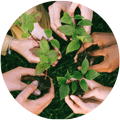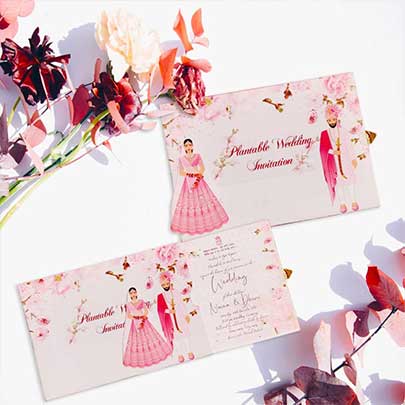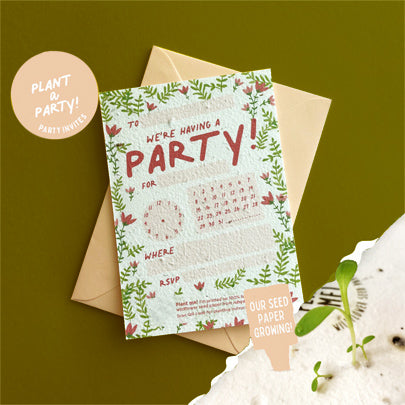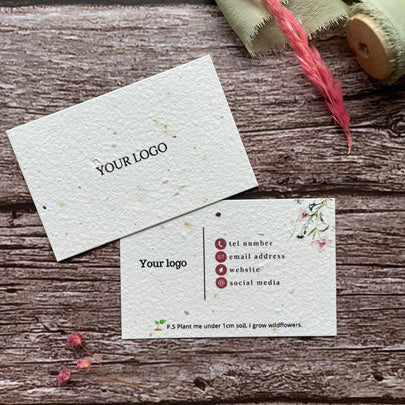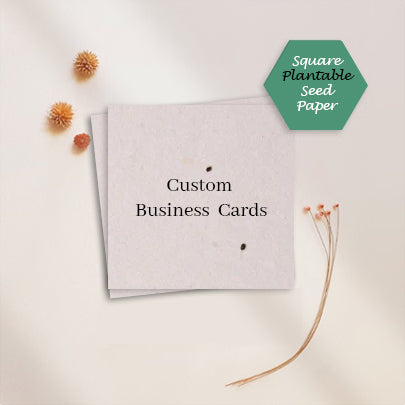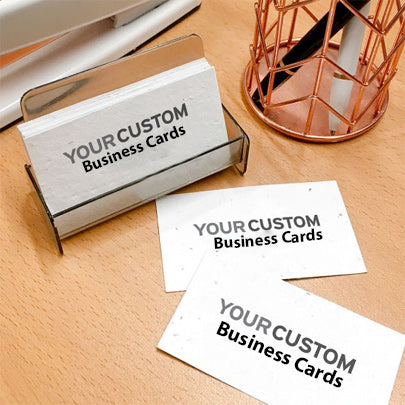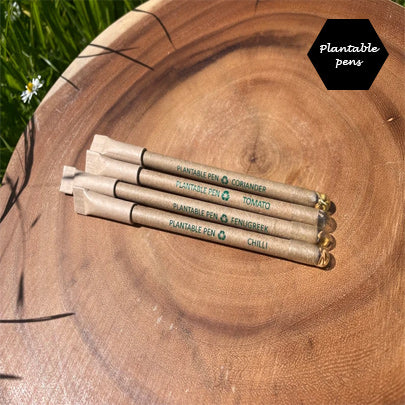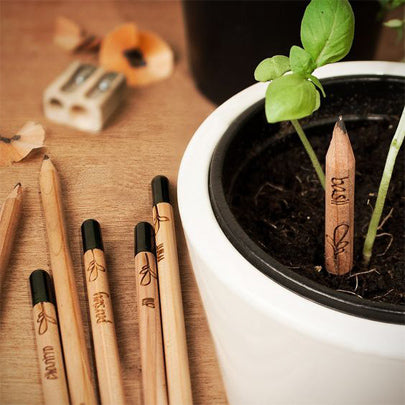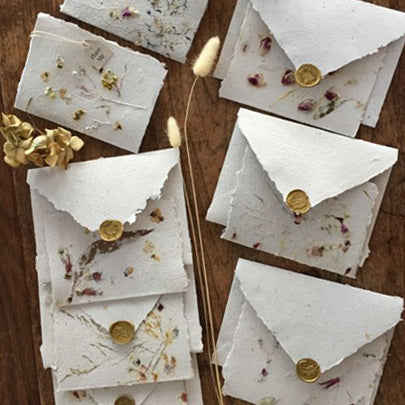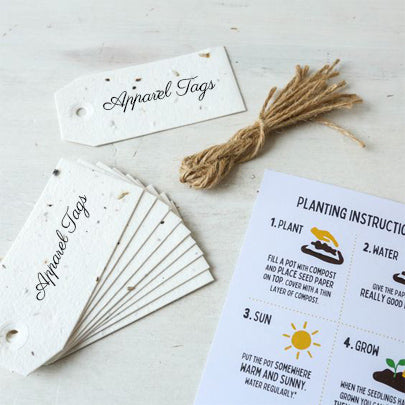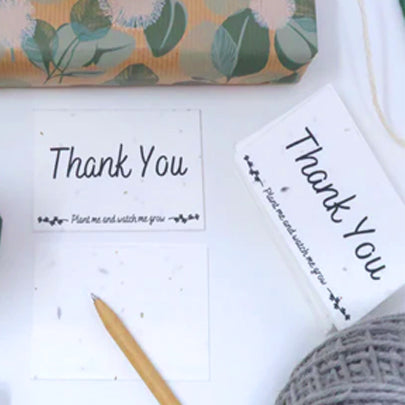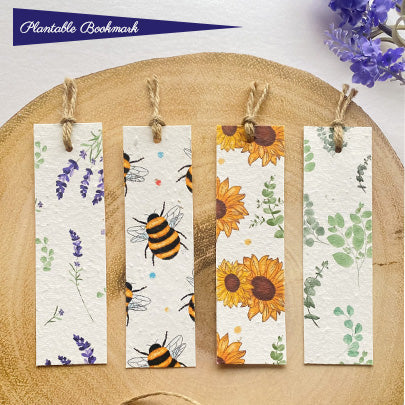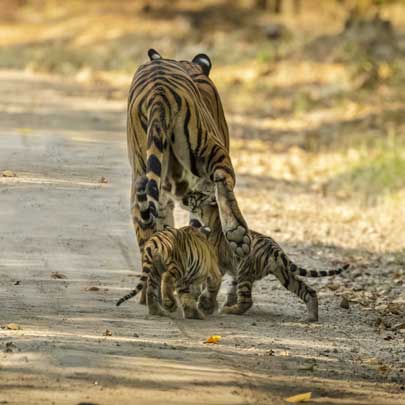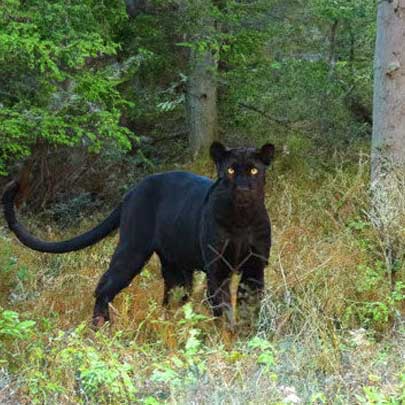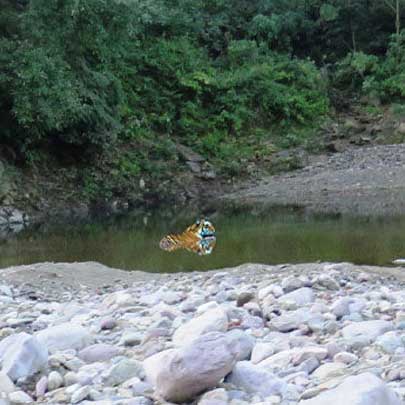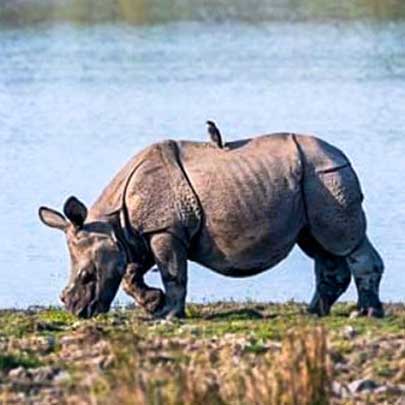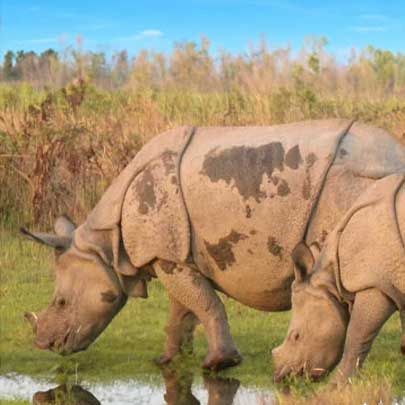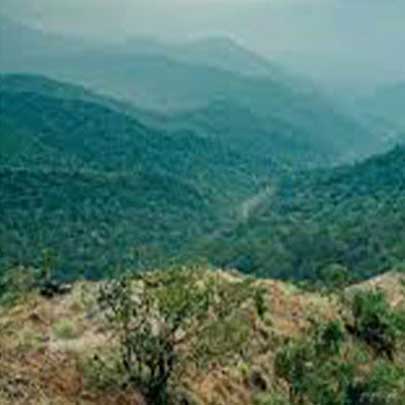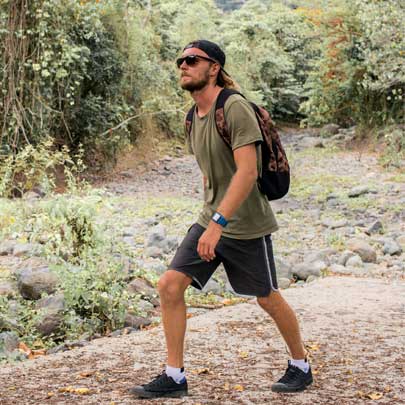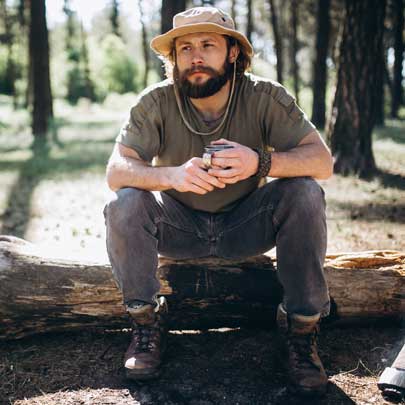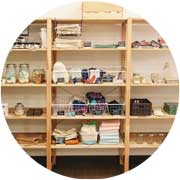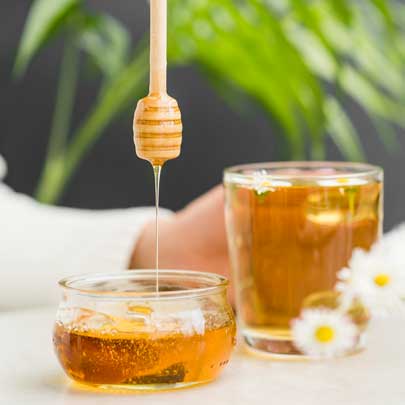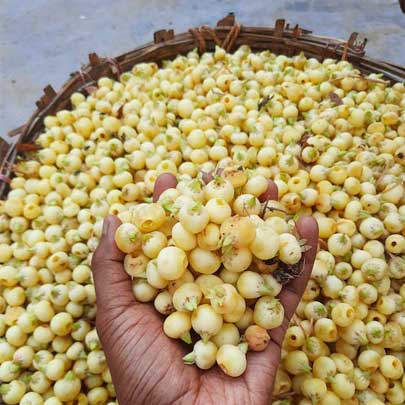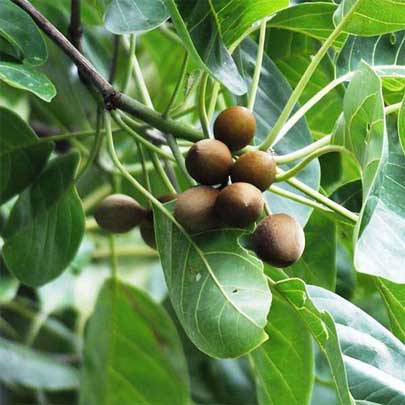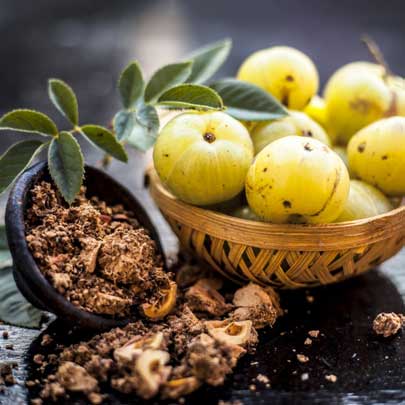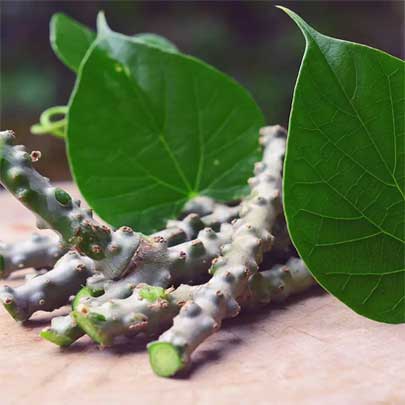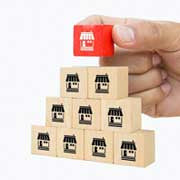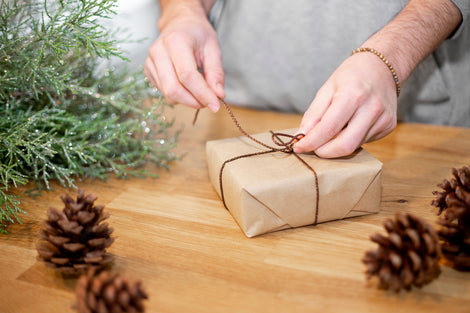How Plantable Products Help Reduce Carbon Footprint
How Plantable Products Help Reduce
Carbon Footprint
In an age of escalating climate change and environmental degradation, plantable products are emerging as an innovative and sustainable solution. These eco-friendly products not only reduce waste but also contribute directly to the environment by transforming into plants after use. The concept is simple yet revolutionary — a step forward toward zero-waste living, sustainable lifestyle, and a significant reduction in carbon footprint.
Organizations like Wildlense Eco Foundation are at the forefront of promoting sustainable practices, educating communities, and empowering people with alternatives that benefit both society and the planet. In this blog, we delve deep into how plantable products help reduce carbon footprint, explore their types, and highlight why supporting initiatives like those of Wildlense Eco Foundation is crucial for a greener future.
What Are Plantable Products?

Plantable products are items embedded with seeds that can grow into plants once the product has served its initial purpose. Instead of contributing to landfills, these products turn into greenery. Typically made from biodegradable, compostable, and recyclable materials, they decompose naturally in soil, allowing the embedded seeds to germinate.
Some common examples include:
-
Plantable seed paper (used for greeting cards, notebooks, and packaging)
-
Plantable pencils and pens
-
Plantable seed bombs
-
Plantable gift tags and calendars
How Plantable Products Help Reduce Carbon Footprint

1. Minimize Waste and Pollution
Traditional single-use products, especially those made of plastic or chemically treated paper, contribute heavily to environmental pollution. These materials often end up in landfills or oceans, where they take hundreds of years to decompose. On the other hand, eco-friendly plantable products biodegrade naturally and leave no harmful residues, effectively reducing solid waste.
By shifting to plant-based alternatives, we reduce the volume of waste that releases methane — a greenhouse gas more potent than carbon dioxide — from landfills.
2. Sequester Carbon Through Tree Planting
One of the primary benefits of plantable products is that they grow into plants — often herbs, vegetables, flowers, or even trees. These plants absorb carbon dioxide (CO₂) from the atmosphere through the process of photosynthesis, acting as natural carbon sinks. A single tree can absorb approximately 22 kg of CO₂ per year.
Imagine the impact of thousands of plantable products growing into trees and plants. This not only offsets emissions from daily human activities but also improves air quality.
3. Reduce Demand for Resource-Intensive Manufacturing
The production of conventional paper, plastic, and packaging materials consumes vast quantities of water, energy, and raw materials, all of which contribute to carbon emissions. In contrast, most plantable seed paper and similar products are made from recycled materials, such as cotton waste or post-consumer paper.
This low-impact manufacturing process, often done by hand or with minimal energy input, significantly reduces the carbon footprint associated with traditional manufacturing.
4. Promote Conscious Consumerism
Using and gifting plantable products promotes environmental awareness and encourages eco-conscious behavior. Consumers are more likely to think about the lifecycle of the products they use and their environmental impact. This cultural shift toward sustainable alternatives plays a vital role in reducing overall greenhouse gas emissions.
By aligning purchasing decisions with environmental values, consumers help drive market demand for green products, creating a virtuous cycle of sustainability.
Wildlense Eco Foundation: Pioneers in Environmental Conservation

The Wildlense Eco Foundation is a non-profit organization committed to promoting eco-friendly living, wildlife conservation, and climate change mitigation through community participation and education.
Their mission is to:
-
Raise awareness about environmental issues.
-
Promote plantable eco-products as sustainable alternatives.
-
Engage in reforestation efforts and carbon offset projects.
-
Empower rural communities by creating green jobs.
Wildlense Eco Foundation partners with local artisans and environmentally conscious businesses to create and distribute sustainable products that benefit both the environment and society.
Their eco-products include:
-
Plantable seed paper stationery
-
Eco-friendly Rakhi
-
Biodegradable packaging solutions
High-Impact Plantable Products You Can Use

1. Plantable Seed Paper Stationery
Perfect for businesses and personal use, seed paper notebooks, envelopes, and cards are not just functional — they bloom into flowers or vegetables when planted. Businesses are increasingly using plantable business cards to align their branding with sustainability.
2. Plantable Pencils and Pens
Once the ink is used, these writing tools can be planted to grow herbs like basil, coriander, or mint. They make great eco-gifts and are perfect for students, offices, and environmentally conscious consumers.
3. Plantable Gift Tags
Instead of using non-recyclable glittery paper, plantable gift tags add a meaningful, zero-waste touch to gifting. They’re biodegradable and bloom into beauty.
4. Eco-Friendly Festival Products
Wildlense Eco Foundation has introduced plantable Rakhis merging tradition with sustainability. This helps reduce the environmental impact of festivals while preserving cultural values.
The Role of Plantable Products in Sustainable Development Goals (SDGs)
Plantable products contribute directly to the following United Nations Sustainable Development Goals:
-
SDG 12: Responsible Consumption and Production
Promoting waste reduction and eco-friendly manufacturing. -
SDG 13: Climate Action
Lowering carbon emissions by reducing waste and increasing greenery. -
SDG 15: Life on Land
Supporting biodiversity through reforestation and reduced pollution. -
SDG 8: Decent Work and Economic Growth
Creating green employment opportunities through sustainable product manufacturing.
Organizations like Wildlense Eco Foundation are key players in achieving these goals at the grassroots level.
Keywords to Look For When Supporting Sustainable Brands

If you’re shopping for plantable products or want to support environmentally friendly organizations, keep an eye out for keywords such as:
-
Eco-friendly products
-
Sustainable living
-
Biodegradable gifts
-
Carbon footprint reduction
-
Zero-waste lifestyle
-
Seed paper stationery
-
Plastic-free alternatives
-
Green gifting ideas
-
Eco-conscious brands
-
Sustainable packaging solutions
You’ll often find these associated with genuine sustainability efforts like those of Wildlense Eco Foundation.
How You Can Get Involved
Here are a few simple ways to contribute to a greener planet using plantable products:
✅ Switch to Sustainable Stationery
Replace your regular paper with recycled seed paper notebooks and eco pens.
✅ Gift Green
Choose plantable greeting cards, gift tags, or seed bombs instead of conventional items.
✅ Support Local Eco Foundations
Donate to or volunteer with organizations like Wildlense Eco Foundation that are actively engaged in environmental conservation and education.
✅ Educate and Influence
Encourage friends, family, and your workplace to adopt plantable alternatives and reduce their carbon footprint.
Final Thoughts
Plantable products offer a tangible, beautiful, and impactful way to reduce your carbon footprint and contribute to environmental health. From minimizing waste and sequestering carbon to promoting environmental consciousness and supporting local economies, the benefits are far-reaching.
Organizations like Wildlense Eco Foundation are not only creating awareness but also providing practical, scalable solutions for individuals and businesses to embrace a sustainable lifestyle. Whether you're an eco-enthusiast, a green business owner, or someone just starting their journey toward sustainability, plantable products are a powerful step in the right direction.
By choosing products that give back to the Earth, you’re not just consuming — you’re contributing to a greener, cleaner, and more sustainable future.
Explore more about Wildlense Eco Foundation and their sustainable initiatives at .



